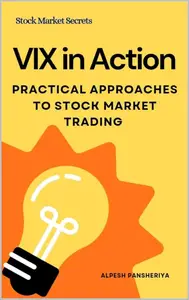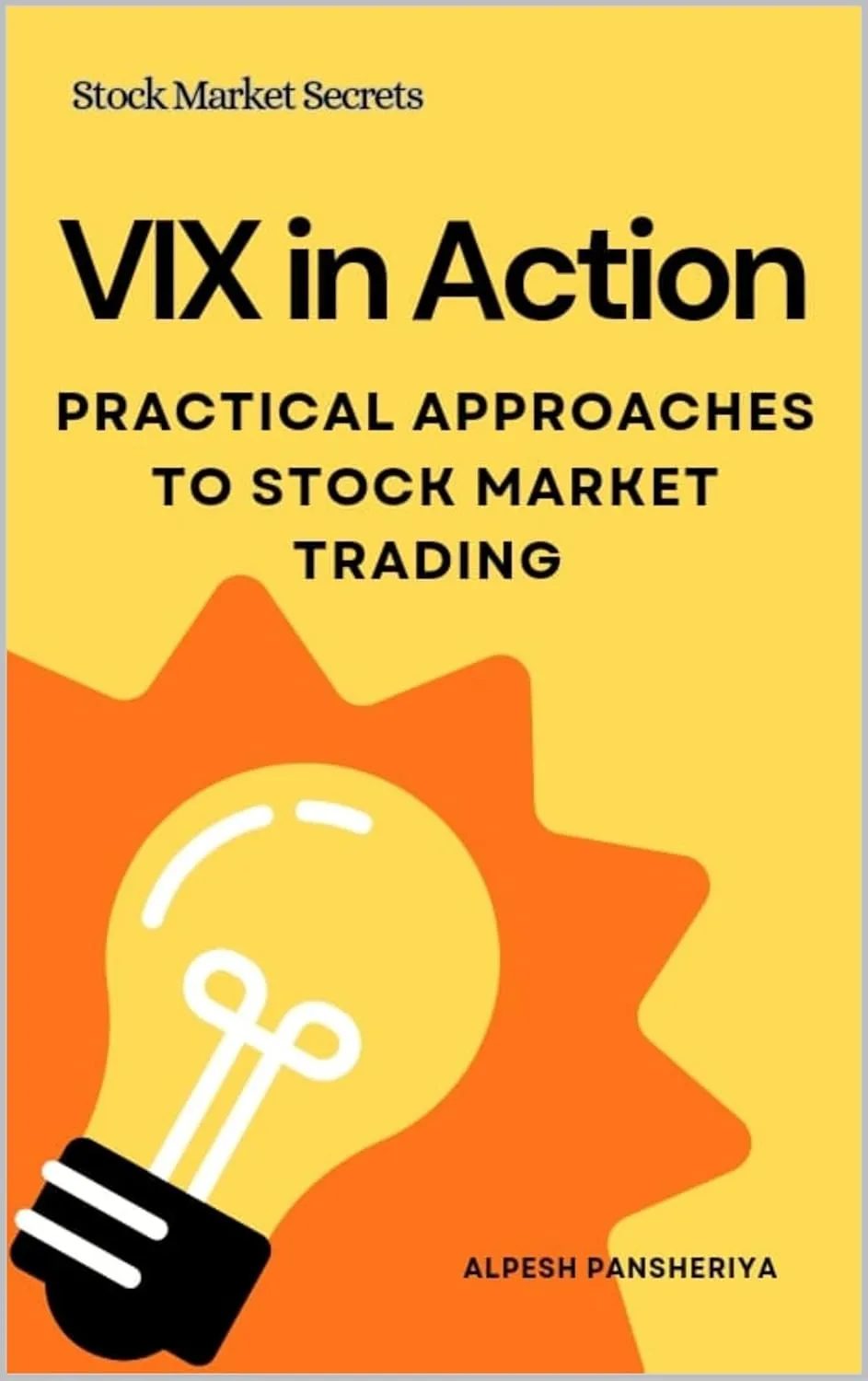VIX in Action: Practical Approaches to Stock Market Trading by Alpesh Pansheriya
English | September 25, 2024 | ISBN: N/A | ASIN: B0DJ1RR674 | 68 pages | EPUB | 0.47 Mb
English | September 25, 2024 | ISBN: N/A | ASIN: B0DJ1RR674 | 68 pages | EPUB | 0.47 Mb
What is the VIX?
The VIX, also known as the Volatility Index or "Fear Gauge," is a real-time index that reflects market participants' expectations of volatility over the next 30 days. It is derived from the prices of S&P 500 index options and represents the market's forecast for future price fluctuations. The higher the VIX value, the more volatile the market is expected to be, and vice versa.
What Does the VIX Measure?
The VIX specifically measures implied volatility, which is a projection of future market volatility based on options pricing, rather than historical volatility (past price fluctuations). It gives traders insight into how much the market is expected to move but does not indicate the direction of that movement. A rising VIX suggests that investors expect greater fluctuations in the stock market, often signaling fear or uncertainty.
How is the VIX Calculated?
The VIX is calculated using the prices of options on the S&P 500 Index (SPX). These options include both calls and puts, and their prices reflect market participants' views on future price swings. The Chicago Board Options Exchange (CBOE) computes the VIX using a specific formula that aggregates the weighted average of option prices across multiple strike prices. The resulting value represents expected market volatility over the next month.
Why is the VIX Called the "Fear Gauge"?
The VIX is commonly referred to as the "Fear Gauge" because it spikes during periods of market uncertainty, financial crises, or significant geopolitical events. When fear and uncertainty dominate the market, investors typically buy options to protect their positions, pushing option prices—and therefore the VIX—higher. Conversely, during stable market conditions, the VIX tends to remain lower, signaling investor confidence.
The Role of the VIX in Stock Market Trading
For traders and investors, the VIX serves as a critical indicator of market sentiment. It plays an essential role in helping to predict potential market corrections or rallies. A low VIX reading generally signals complacency, which can precede a sudden market decline. On the other hand, a high VIX value often indicates heightened fear, which can present opportunities for contrarian investors to capitalize on market reversals.
Impact of VIX on Stock Prices
The VIX has a direct impact on stock prices, especially on broad market indices like the S&P 500. Typically, there is an inverse relationship between the VIX and the stock market; when the VIX rises, stock prices tend to fall, and when the VIX declines, stocks usually perform well. This correlation is because rising volatility signals uncertainty, prompting investors to sell off stocks and move to safer assets. Conversely, a falling VIX signals confidence and stability, encouraging stock buying.



